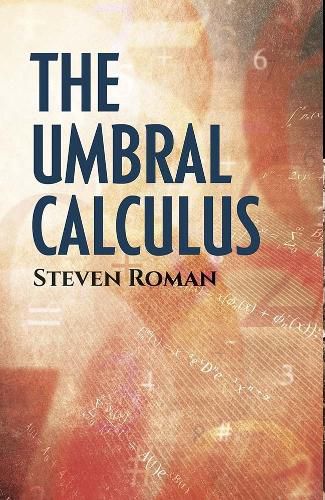Readings Newsletter
Become a Readings Member to make your shopping experience even easier.
Sign in or sign up for free!
You’re not far away from qualifying for FREE standard shipping within Australia
You’ve qualified for FREE standard shipping within Australia
The cart is loading…






Geared toward upper-level undergraduates and graduate students, this elementary introduction to classical umbral calculus requires only an acquaintance with the basic notions of algebra and a bit of applied mathematics (such as differential equations) to help put the theory in mathematical perspective. The text focuses on classical umbral calculus, which dates back to the 1850s and continues to receive the attention of modern mathematicians. Subjects include Sheffer sequences and operators and their adjoints, with numerous examples of associated and other sequences. Related topics encompass the connection constants problem and duplication formulas, the Lagrange inversion formula, operational formulas, inverse relations, and binomial convolution. The final chapter offers a glimpse of the newer and less well-established forms of umbral calculus.
$9.00 standard shipping within Australia
FREE standard shipping within Australia for orders over $100.00
Express & International shipping calculated at checkout
Geared toward upper-level undergraduates and graduate students, this elementary introduction to classical umbral calculus requires only an acquaintance with the basic notions of algebra and a bit of applied mathematics (such as differential equations) to help put the theory in mathematical perspective. The text focuses on classical umbral calculus, which dates back to the 1850s and continues to receive the attention of modern mathematicians. Subjects include Sheffer sequences and operators and their adjoints, with numerous examples of associated and other sequences. Related topics encompass the connection constants problem and duplication formulas, the Lagrange inversion formula, operational formulas, inverse relations, and binomial convolution. The final chapter offers a glimpse of the newer and less well-established forms of umbral calculus.